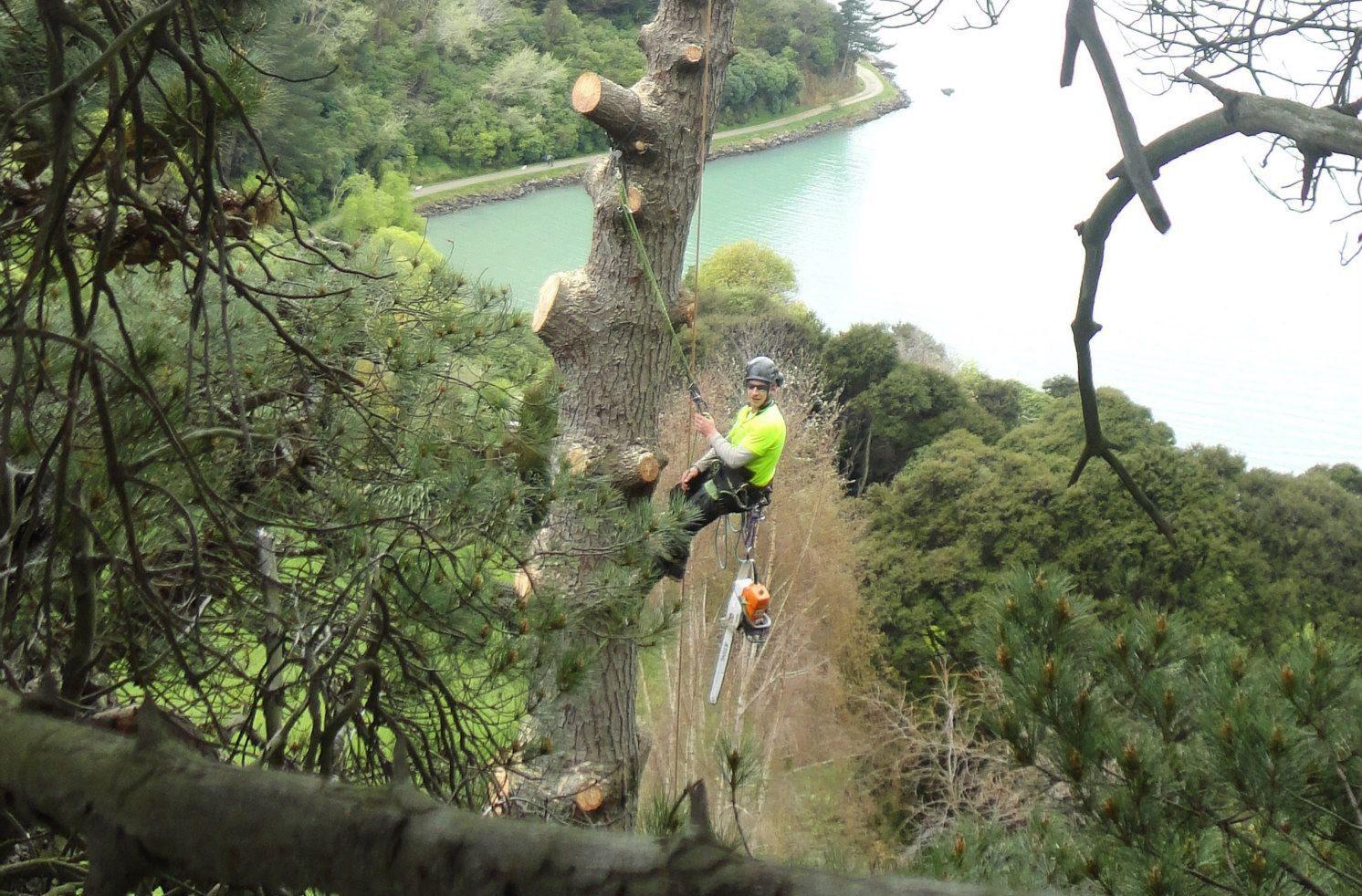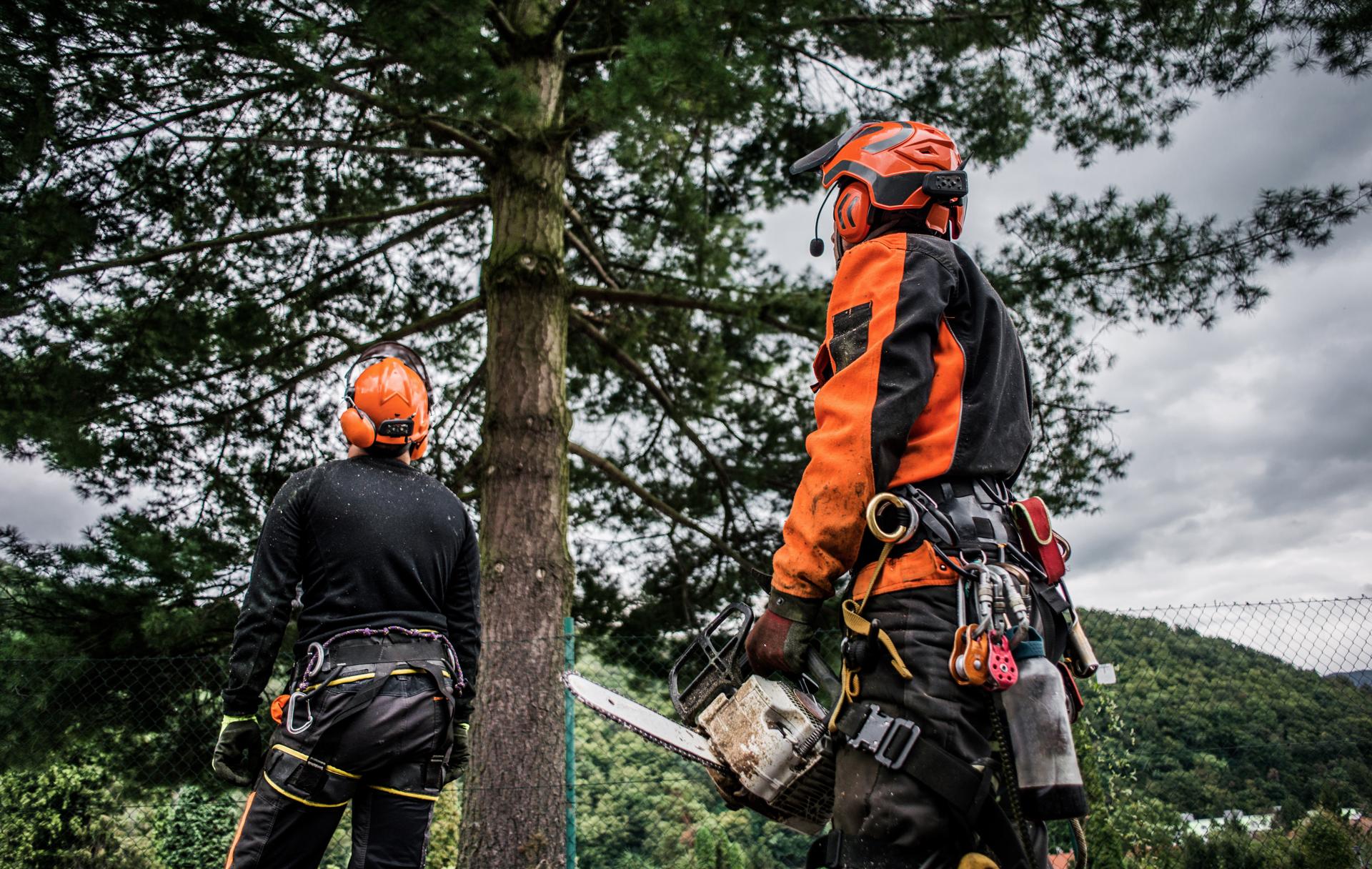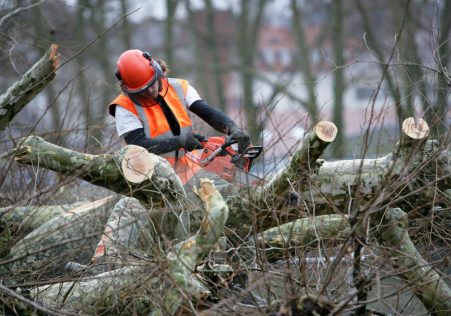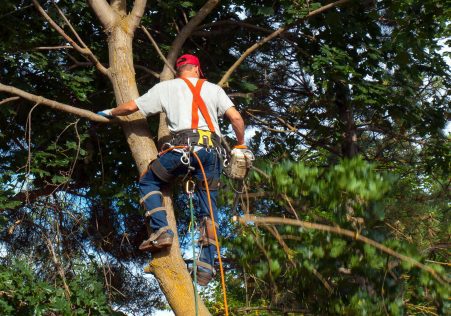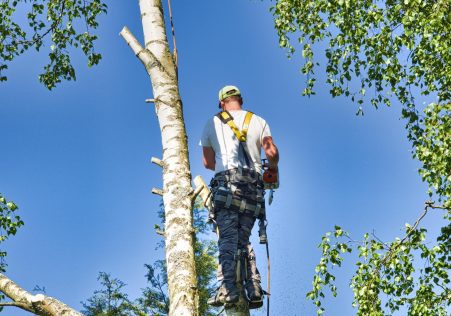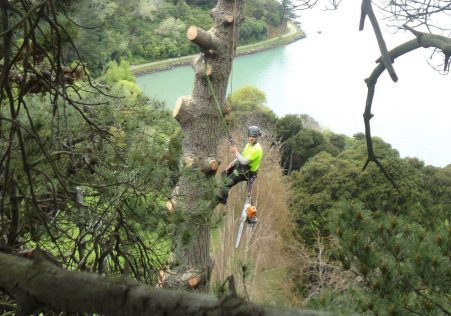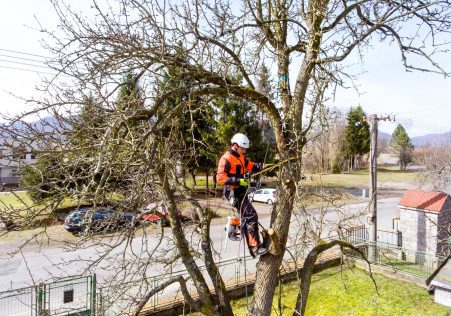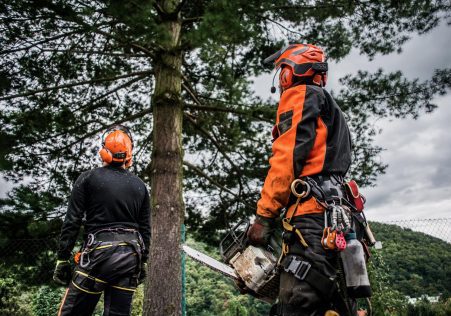The Repercussions of removing the Tree that is Protected and How to Avoid Them
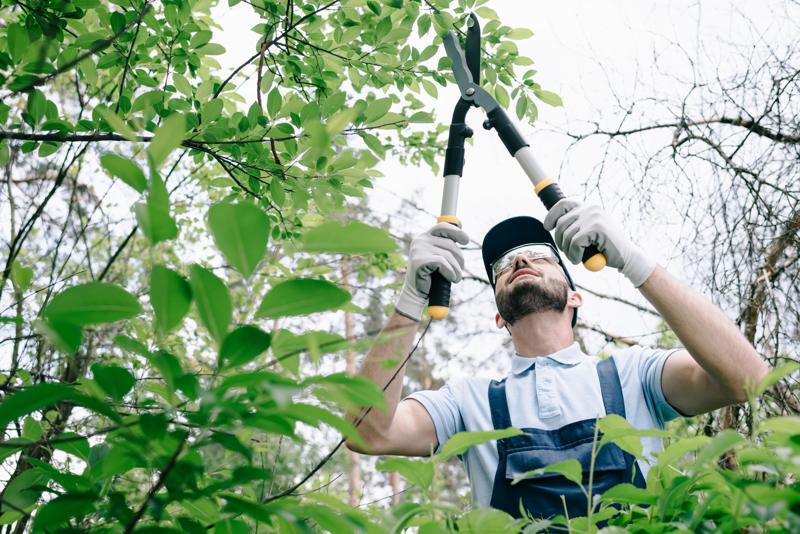
Trees play a crucial contribution to our ecosystem as they provide shade, clean air and aesthetic value to our surroundings. However there are a few trees that aren’t identical and some are granted additional protection status, making it illegal to do any work without permission. If you’re thinking of having a tree removed, it’s essential to understand the protection status of the tree you’re considering and the steps you need to follow to be in compliance with the law. In this article, we’ll walk you through the steps to determine if a tree is safe and exactly what steps you have take to be sure you are following the law.
What exactly is a tree that is protected?
A protected tree is one that is subject to specific laws and regulations, and it’s illegal to work on a protected tree without obtaining the necessary permissions. There are two kinds of protection that trees might have: statutory protection and preservation orders.
Legal protection
As a matter of the law, trees are protected by laws and subject to Tree Preservation Orders (TPOs). TPOs are issued by local authorities to safeguard trees of significant public value and to ensure that they do not get damaged or destroyed.
Preservation orders
Preservation orders are similar to TPOs but are issued from the Secretary of State responsible for Environment. The trees that are protected by preservation orders are considered to be of exceptional value and are shielded from any work, including cutting down.
How can I tell whether a tree is safe?
To determine whether a tree is protected, you will need to determine if the tree is subject to a TPO or preservation order. This can be accomplished by contacting your municipal authority, and asking them to check their records.
TPO search
To find an TPO You can reach your local Tree or Woodland Official of the local authority. They will inform you whether the tree is protected. They will also be able to guide you on the next steps to follow if the tree is protected.
Preservation order search
In order to search for a preservation permit, you will need to contact the Secretary of State for the Environment. They will inform you whether the tree is protected and give you the required information and guidelines.
FAQs:
What happens if I carry out work on a tree that is protected without permission?
If you work on a tree that is protected without obtaining the necessary permits, you could be facing substantial fines and even imprisonment.
Can I contest a TPO or preservation order?
You can appeal an appeal of a TPO or preservation order if you believe it’s not justifiable. However, you will need be able to present evidence to back your claim and explain why the TPO or the preservation decision is not necessary.
Can I take down a protected tree?
It is unlawful to take down protected trees without the required permissions. If you need removal of the tree, you will need to seek permission from the council and provide the evidence needed to prove your case.
Conclusion
In the end, determining if the tree is protected is a crucial aspect in ensuring that any tree work is legally completed. By understanding the different types of protection and how to check for them it is possible to be sure that you’re in compliance with the law and are protecting the trees that you are responsible for. If you’re not sure about the nature of the protection of trees, we suggest seeking advice from an expert in tree care, such as Northern Beaches Tree Removal. Our experienced arborists will be able to advise you on the protection status of your trees and guide you through the steps to ensure that you are complying with the legal guidelines. With our experience and dedication to providing top-quality tree care, we can help you keep the beauty and value of your trees. Contact us now at 1300 636 143 to schedule a appointment, and let us help you keep your trees safe and healthy.

